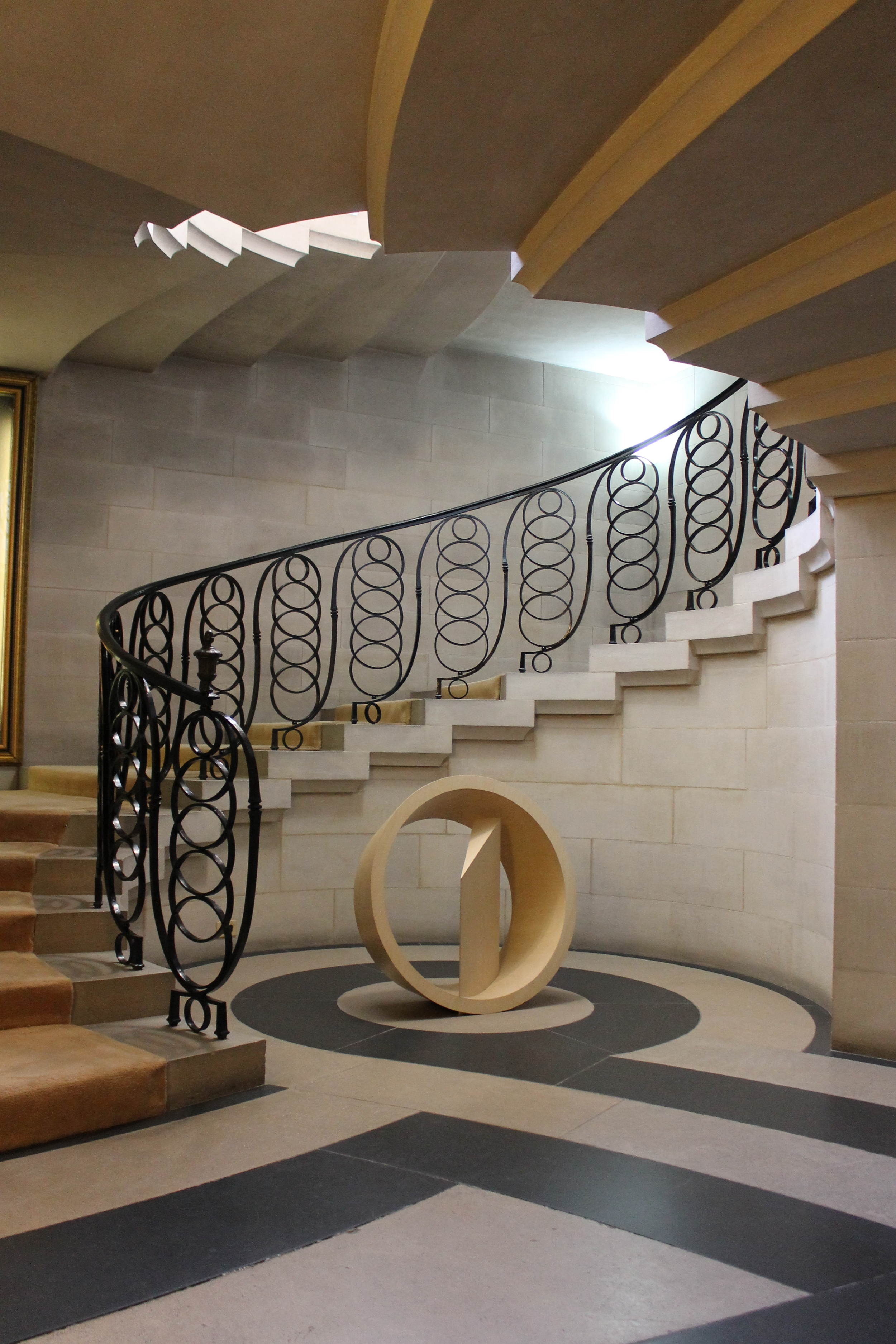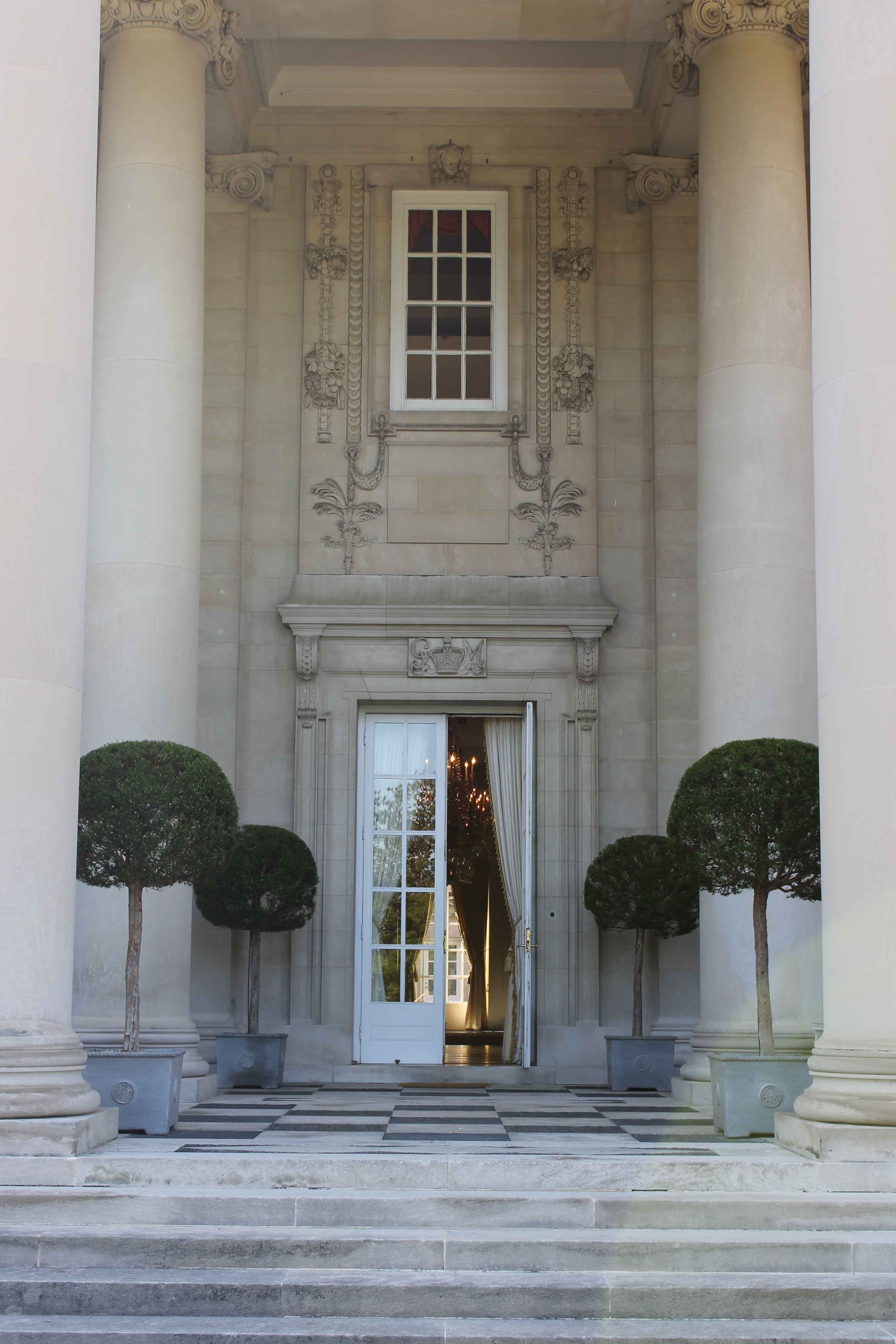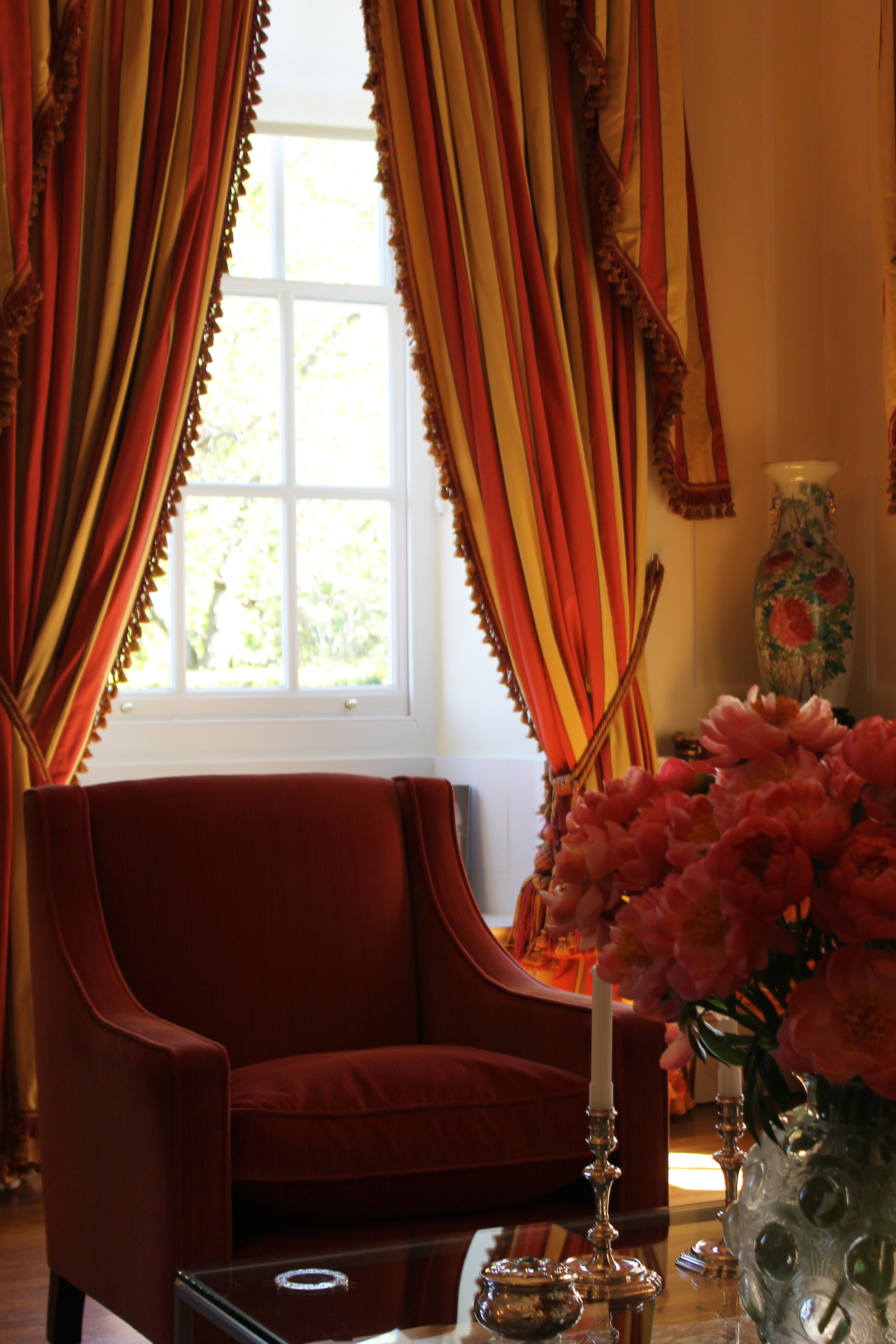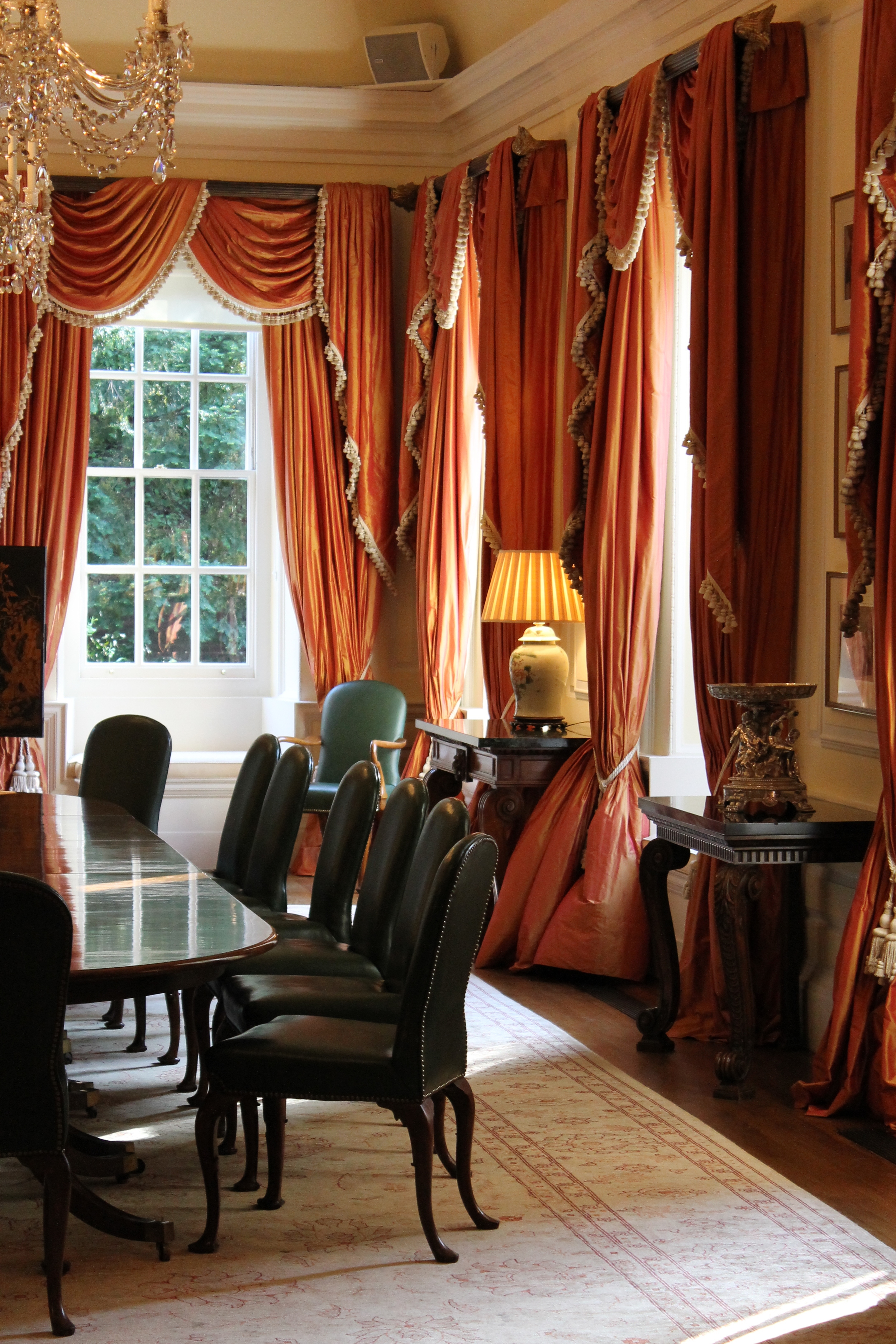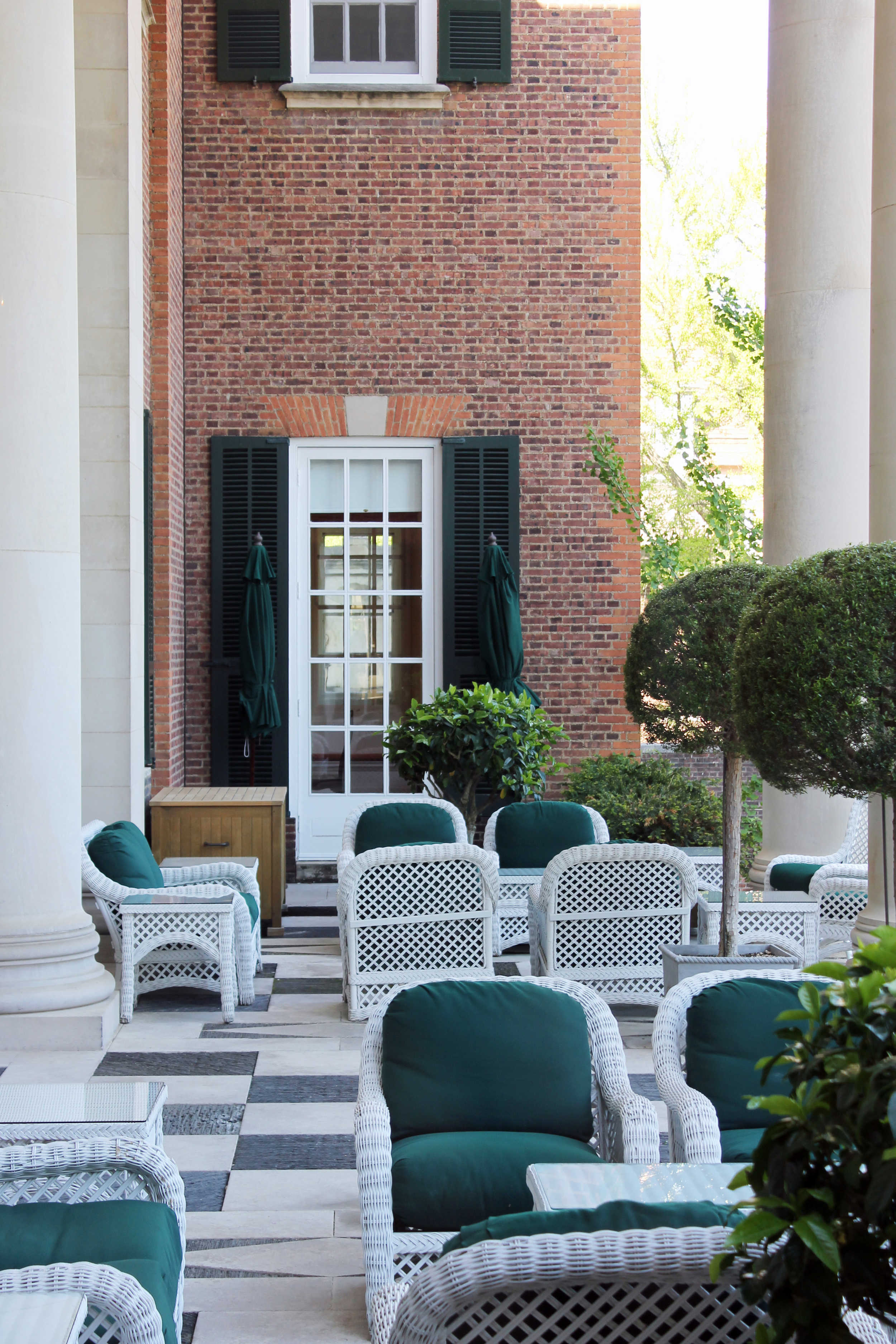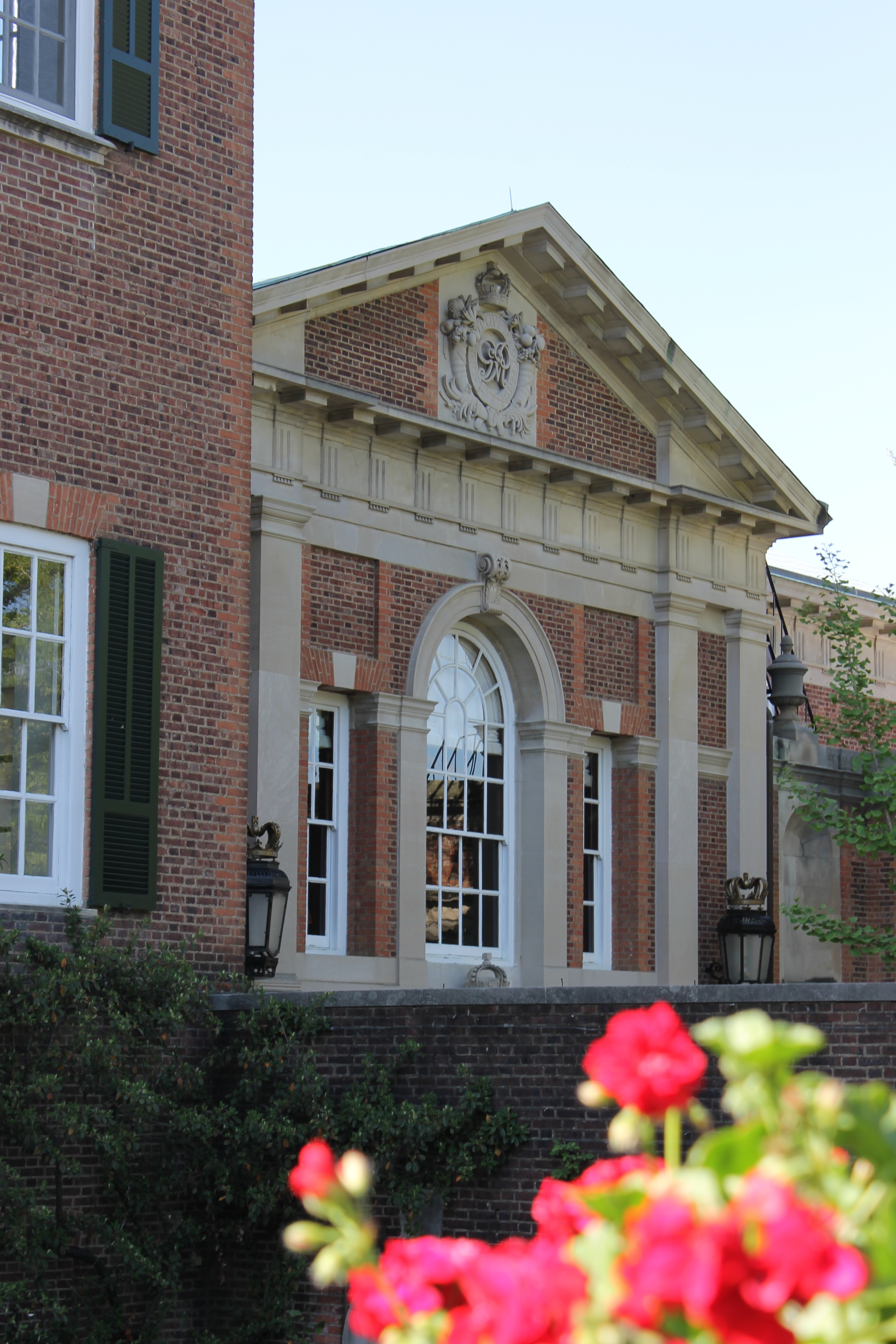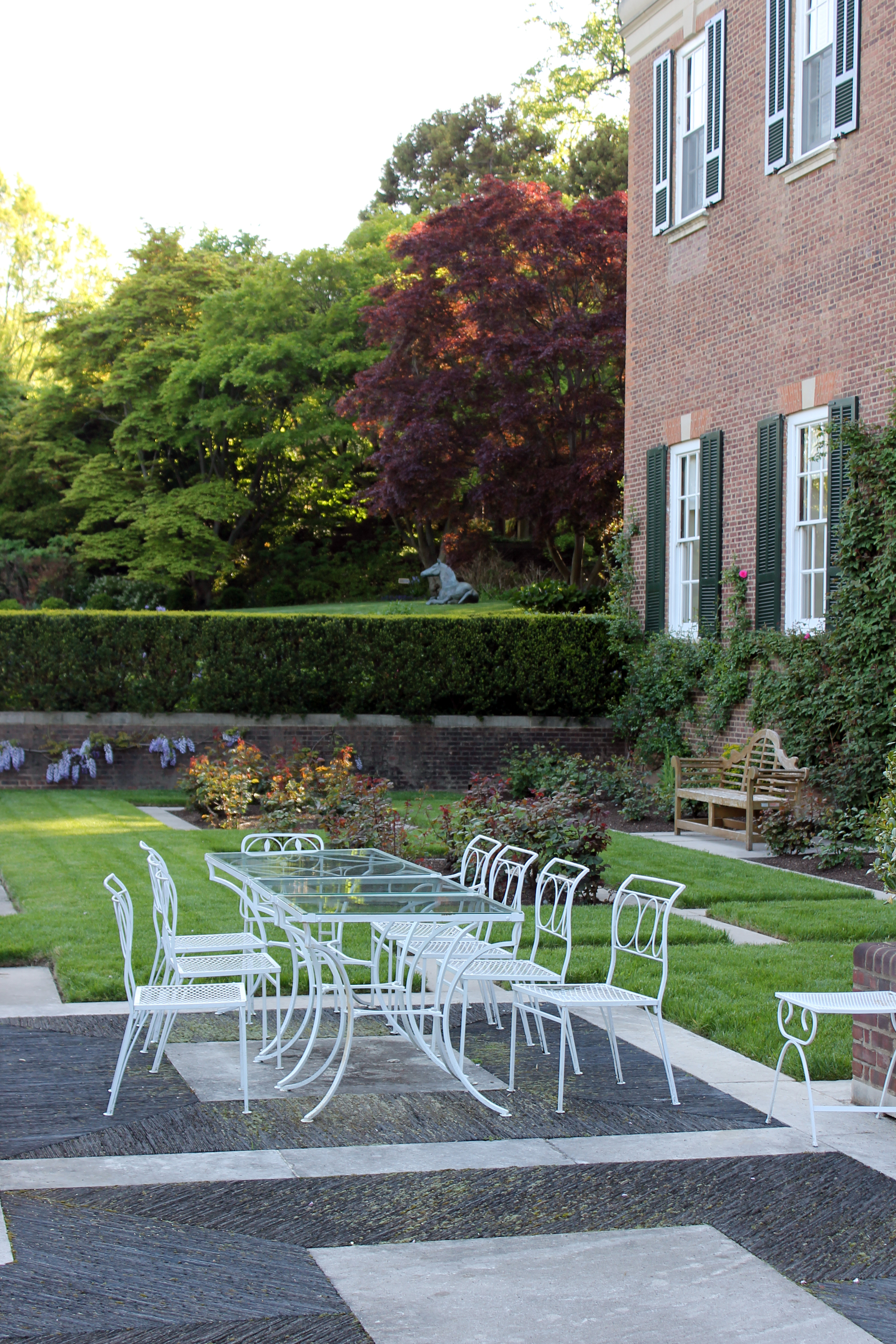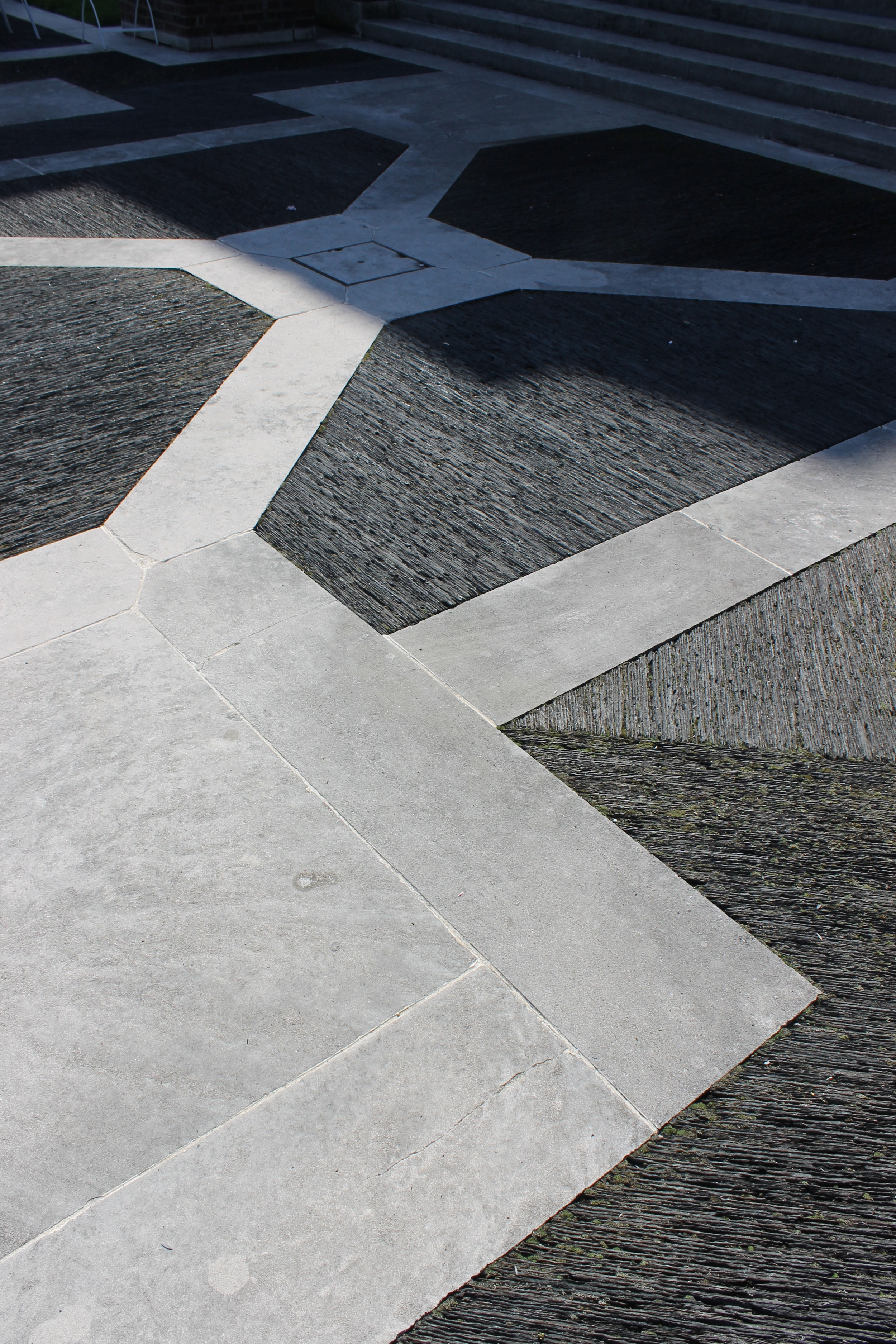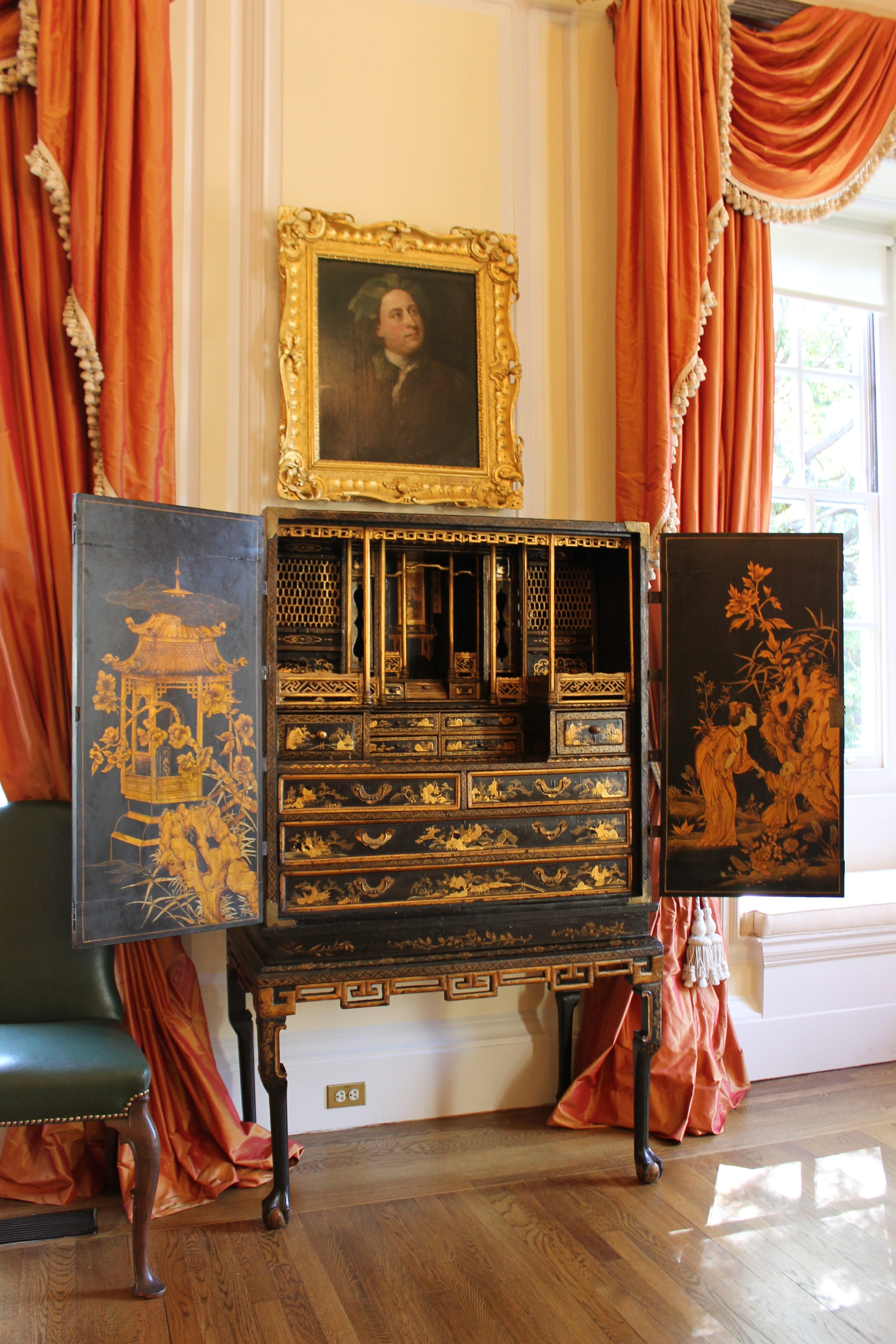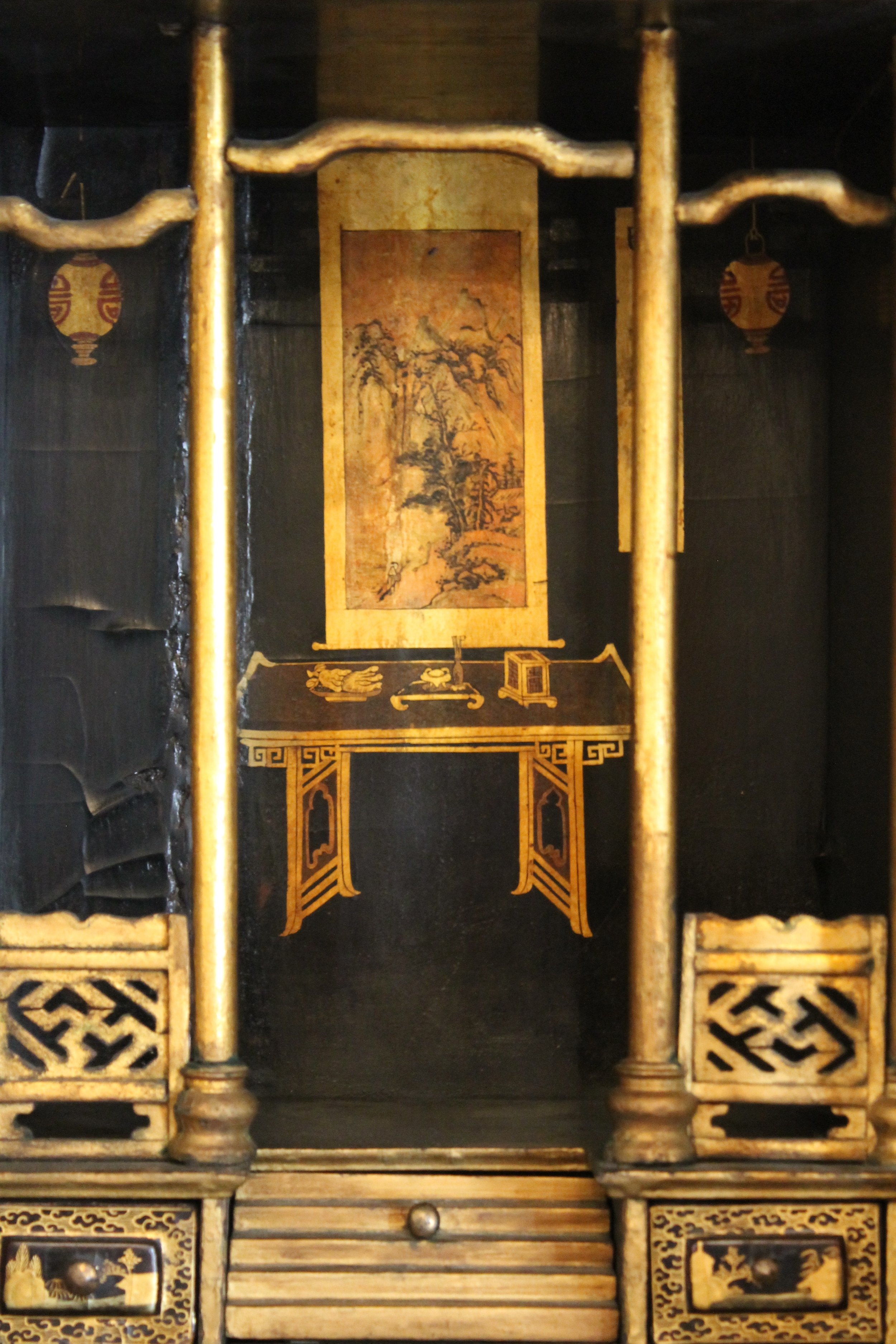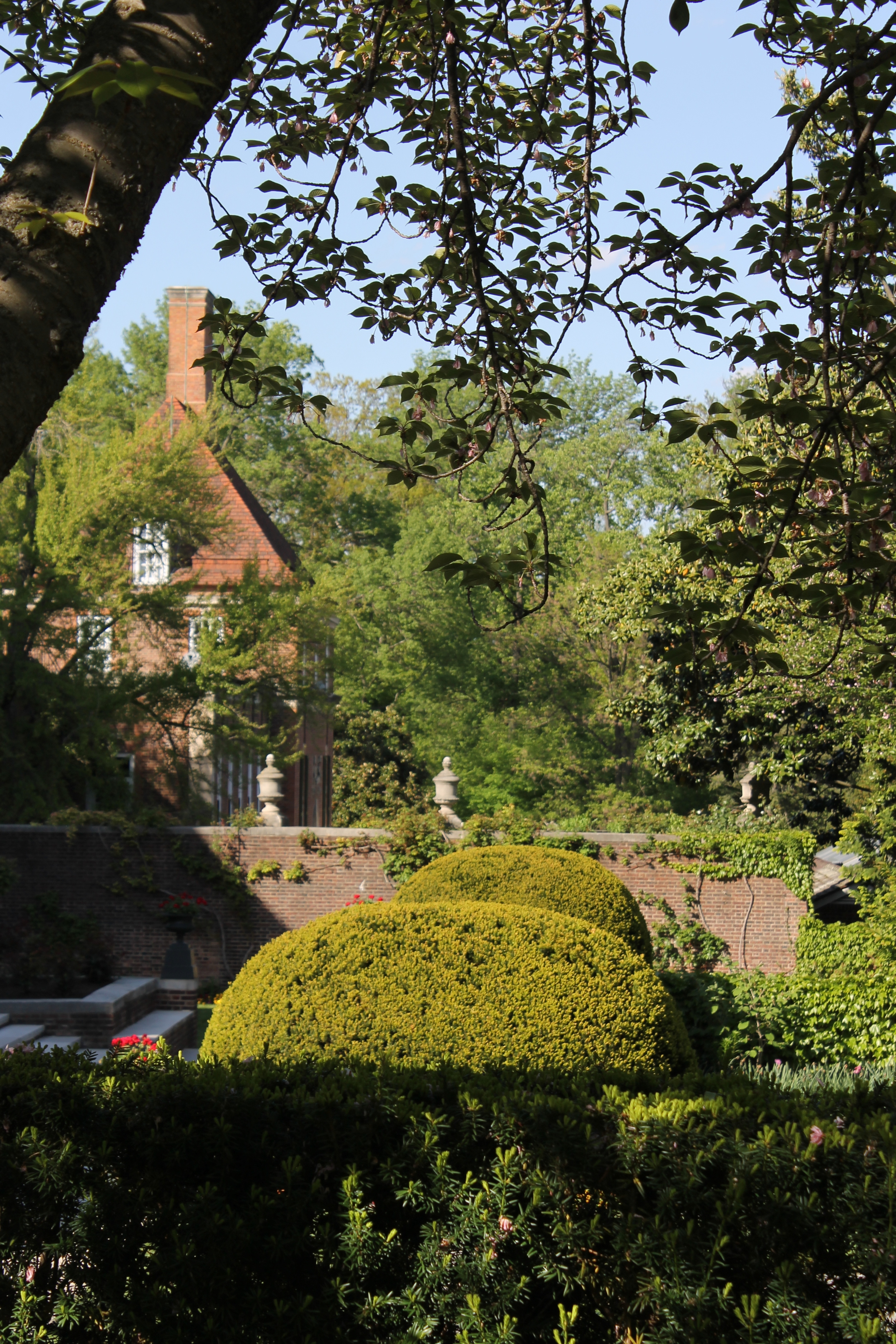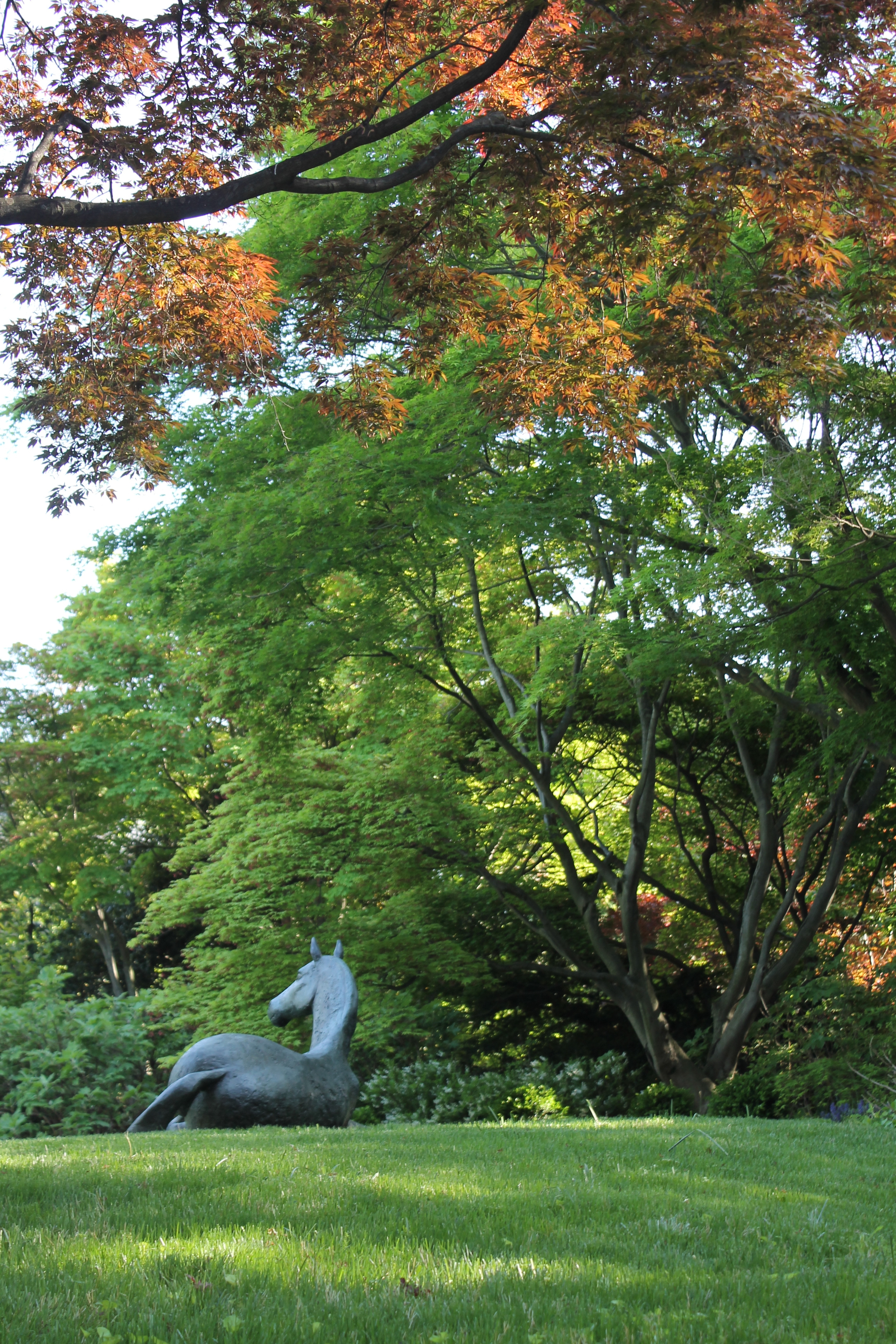Edwin Lutyens' British Ambassador's Residence, Washington D.C.
Elsewhere I have written, echoing the thesis of Nikolaus Pevsner in The Englishness of English Art, that the greatest English artists are robustly idiosyncratic individuals, rather than members or even leaders of movements.
The English architect Edwin Lutyens (1869-1944) epitomizes this idea, an avatar of the resolute individuality and more than occasional eccentricity of English artists and architects. As Elizabeth Wilhide writes in her 2014 book, Sir Edwin Lutyens: Designing in the English Tradition, “It is Lutyens’ reconciliation of extremes, the defining characteristic of his design approach, which marks [his] accomplishment as particularly English.” Wilhide describes the poles of Lutyens’ aesthetic as “austere yet rich, grand yet domestic…” Lutyens loved paradox, the craft and coziness of the vernacular, the colder beauty of the Classical.
Well into the twentieth century Lutyens worked outside the Modernist idiom, instead creating houses synthesized from English vernacular buildings--looking especially to Richard Norman Shaw (1831-1912 ) as an influence in this regard---and from Classicism of the highest order, reinterpreting the Mannerist forms of Christopher Wren. Lutyens chose to design in these two opposing strands of English tradition, and in doing so, broke the mold of all “isms”, presiding over the twentieth century as England’s greatest architect of the time. The result was houses such as Munstead Wood, for the garden designer Gertrude Jekyll and the marvelously stony Castle Drogo and powerful monuments such as the London Cenotaph.
If India has a magnificent complex of buildings designed by Lutyens, namely the Viceroy’s Palace in New Delhi, so America’s capital has her own jewel in the crown--or rather the Republic--namely the only Lutyens building in the country, the British Ambassador’s residence in Washington D.C. Built between 1928 and 1930, the Great Crash of 1929 intervened, constricting the budget for the house. The frieze and pilasters are of plaster rather than the marble specified by Lutyens; the black floor tiles are slate; the columns scagliola.
Although Lutyens is best known as an architect of private houses, he also designed national monuments, memorials and official buildings, constructing over 550 houses and other buildings in his lifetime. The British Ambassador’s residence is a fascinating hybrid, setting for grand diplomatic functions, yet, like all of Lutyens’ houses, a most enveloping private sphere, exquisitely fitted out with furnishings in American Colonial style, as well as Chinese antiques, that soften its grandeur.
“Lutyens succeeded in creating a stage set for both pleasure and serious consultation,” writes Frances Stead Sellers in the Washington Post. She quotes former British ambassador Sir David Manning: “Diplomacy can involve an element of theatre...the great thing about the Residence is that it’s infinitely adaptable.”
The theatrical aspect of the house is expressed by the dramatic circular stairway with sinuous wrought iron banister, a Lutyens signature. Towering columns at the entrance announce that this is a place of importance, yet within are human-scaled spaces which with perfect dignity enclose the conversations, many historic, some simply convivial, which have taken place over the last 85 years and which continue to animate the rooms of this national treasure, made in America, quintessentially English.
